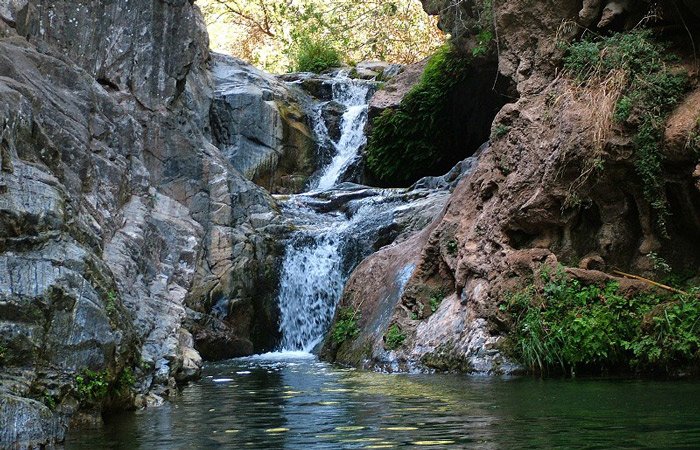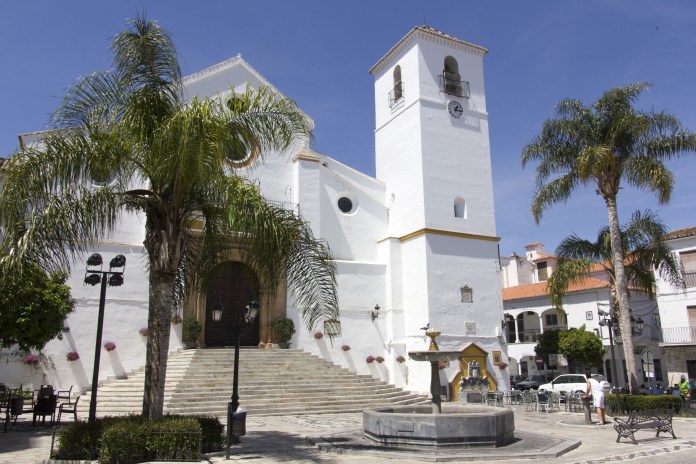There are some hints from the Prehistory. From the Metal Age we can find “Cerro Carranque” and “Llano de la Virgen” (recently declared a Site of Cultural Interest) places. From the Visigoth era, the site of the "Cerro de Las Calaveras" is remarkable, consisting of individual burials inmass grave.
Looking at the Arabic period we can certainly say that this town was called at that time Dakwan. That name was given to the town after an important man of that time who was in charge of the fortification of the town. Regarding this, the existence of a Mozarabic basilica on the outskirt of the urban area, the largest in the province, suggest the existence of an important Mozarabic community prior to the arrival of the troops of Abd al-Rahman III.
During the second half of the XIII century, after some armed revolts due to the Arabic Kingdom of Granada and its willing of expansion, the town of Dakwanachieved its golden era. In the XIV and XV centuries, some Muslims authors picture Dakwan in their works as “abundance waters, exuberant vegetation, goodness of climate”. From here onwards, all authors we find talking about Coín will assure this image of the town.

Catholic era which started on the 27th of April, 1485; after the conquering of the town. The seven Cofradias that exist in 1531 give us an idea of the religious fervor in which the XVI century lives: San Sebastián, Caridad, Santísimo, Vera-Cruz, Nuestra Señora de Guadalupe, San Antón and San Lázaro, to which we must add in 1630 Nuestra Señora de la Fuensanta, del Rosario and Dulce Nombre de Jesús.
In 1765, King Carlos III gave permission to the town to celebrate a fair during 11th, 12th, 13th and 14th of August. This fair would take place every year till today.
After the Civil War,which took place from 1936 to 1939, in which Coín lost a rich and abundant historical-artistic heritage, many reforms were done to repair all the damage.San Juan and Santa María churches, cemetery, schools, public market and others important buildings were rebuilt at that time.

During XX century, Coín would increase the number of inhabitants, form 12.326 in 1900 to 20.000 in 1950. In 1931, the train arrived to the town, connecting Coín to Málaga.
Nowadays Coín's economy is based on agriculture, marble mining and ceramics. Ceramics is one of the most famous attractions now, having a color style of its own called “Green Coín”.
Fiestas
The big festival of Coín is the Feria de Agosto, which takes place on the 9th and 15th of that month. This festival has its origin in the eighteenth century, when it was granted by King Carlos III in 1765. The fair includes a nocturnal procession of the Virgen de la Fuensanta, patron of the town in whose honor the Pilgrimage of Fuensanta is also celebrated the first weekend of June.
The Spring Festival is celebrated also in early May and late April, which includes the procession of Santo Cristo del Perdón and Veracruz and the Day of the Cross.
In May the Orange Festival takes place too, declared Provincial Tourist Singularity and dedicated to the promotion of food products of the town.
Coín is the only town in the province of Guadalhorce that has two fairs a year. The first takes place in May and the second in August. But without any doubt, August's one tends to be numerous and better organized. It also has a long-distace pilgrimage from Coín to the chapel (Llanos de las Marías) where the Virgen de la Fuensanta is located.